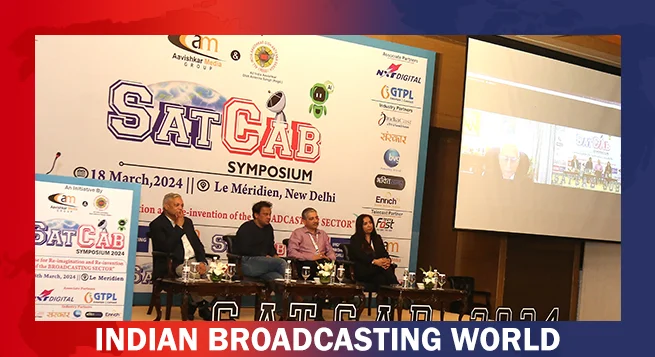Amidst dynamic shifts in the media landscape, the broadcast industry in India is facing a pivotal moment of adaptation. Discussions among industry leaders have highlighted the ongoing tug-of-war between traditional linear television and the burgeoning over-the-top (OTT) platforms, emphasizing the need for innovation and, maybe, collaboration to navigate these changes effectively.
Despite the rise of OTT platforms offering convenience and customization, linear television continues to maintain dominance in terms of revenue and viewership — in India at least. Notably, certain demographics and specific content genres such as sports and movies still favor traditional television viewing.
These viewpoints, amongst many others, were evident as articulated by speakers at a session — themed ‘Are the stakeholders ready to introspect?’— at the recently held SatCab Symposium 2024 in New Delhi.
The panellists were Yatin Gupta, SVP, GTPL; Hemlata Sharma, Distribution Head, ZMCL; Anil Malhotra, Head- Public and Regulatory Affair, ZEEL and Ashok Mansukhani, media and corporate law advocate. The session was moderated by Chrome DM’s Founder & CEO Pankaj Krishna.
However, as it became clear through the discussion, the industry is not immune to the challenges posed by the digital revolution. Revenue generation and monetization strategies are under scrutiny, with concerns raised about profitability, pricing models and the intensifying competition from OTT players.
In response, stakeholders are exploring innovative approaches, including long-term partnerships and bundled offerings, to ensure sustainable revenue streams.
Technological disruption, driven by advancements like mobile internet and smart TVs, is reshaping consumer behaviour and content consumption habits. The emphasis is now on device-neutral delivery and adapting to evolving viewing patterns, particularly among younger demographics, panelists stressed.
Recognizing the need for collaboration and industry engagement, stakeholders are rallying for greater cooperation between broadcasters, distributors and regulators. By fostering dialogue and aligning efforts, they aim to develop consumer-centric solutions and effectively navigate regulatory changes.
Central to this adaptation process is a consumer-centric approach, wherein understanding and meeting consumer preferences are paramount.
The speakers did agree that customized content offerings, transparent pricing, and improved customer service are identified key strategies to enhance the viewer experience and maintain audience loyalty.
In conclusion, the television industry in India stands at a crossroads, poised for transformation in the face of technological innovation and shifting consumer demands.
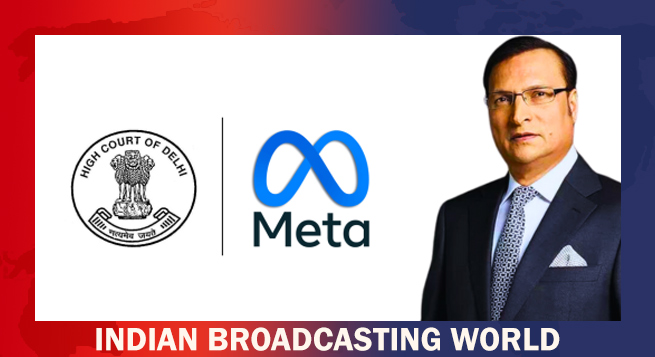 Delhi HC orders meta to remove deepfake videos of Rajat Sharma
Delhi HC orders meta to remove deepfake videos of Rajat Sharma 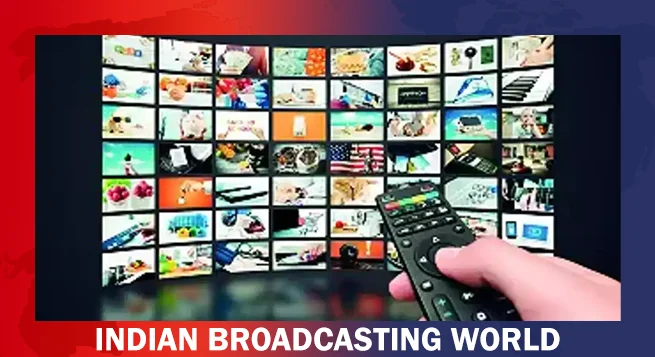 Govt. blocked 18 OTT platforms for obscene content in 2024
Govt. blocked 18 OTT platforms for obscene content in 2024 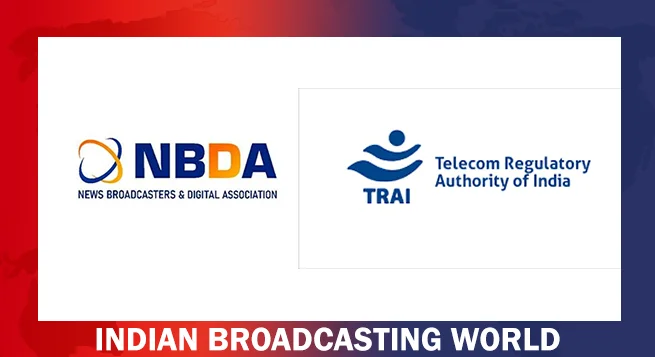 Broadcasting industry resists inclusion under Telecom Act
Broadcasting industry resists inclusion under Telecom Act  DTH viewing going down & a hybrid ecosystem evolving: Dish TV CEO
DTH viewing going down & a hybrid ecosystem evolving: Dish TV CEO 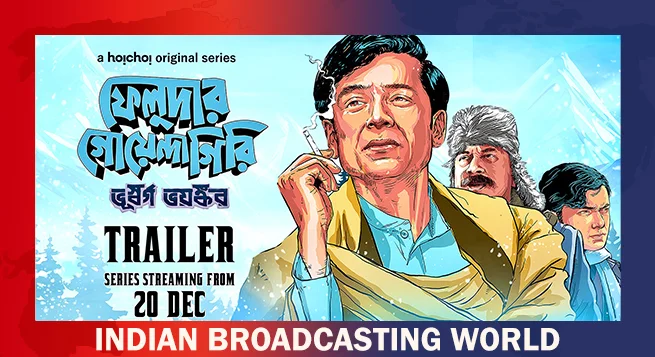 New adventure of detective Feluda debuts on Hoichoi Dec. 20
New adventure of detective Feluda debuts on Hoichoi Dec. 20  ‘Pushpa 2’ breaks records as most watched film of 2024: BookMyShow Report
‘Pushpa 2’ breaks records as most watched film of 2024: BookMyShow Report  Hungama OTT unveils ‘Pyramid’
Hungama OTT unveils ‘Pyramid’  Amazon MX Player to premiere ‘Party Till I Die’ on Dec 24
Amazon MX Player to premiere ‘Party Till I Die’ on Dec 24  aha Tamil launches ‘aha Find’ initiative with ‘Bioscope’
aha Tamil launches ‘aha Find’ initiative with ‘Bioscope’  Netflix India to stream WWE content starting April 2025
Netflix India to stream WWE content starting April 2025 


